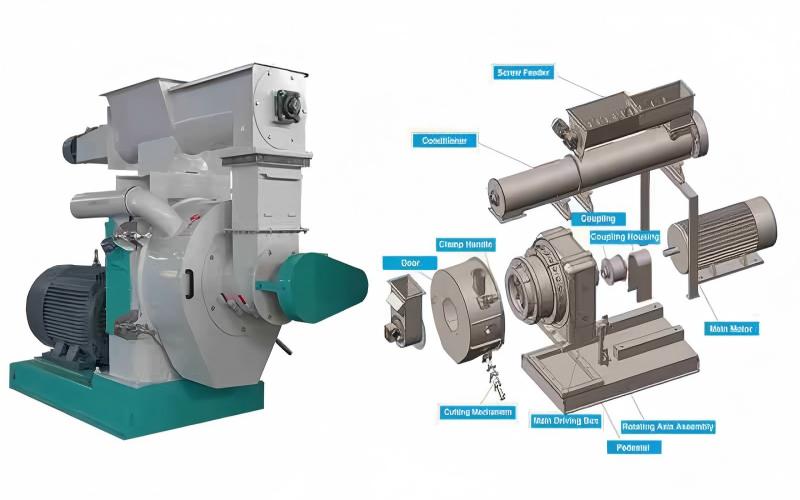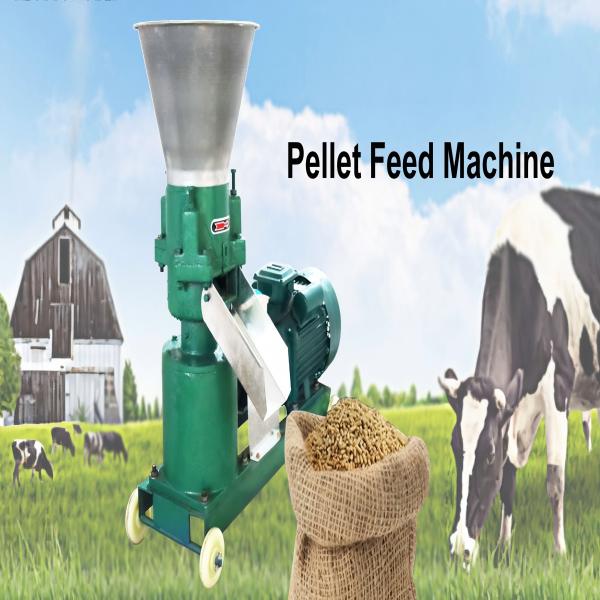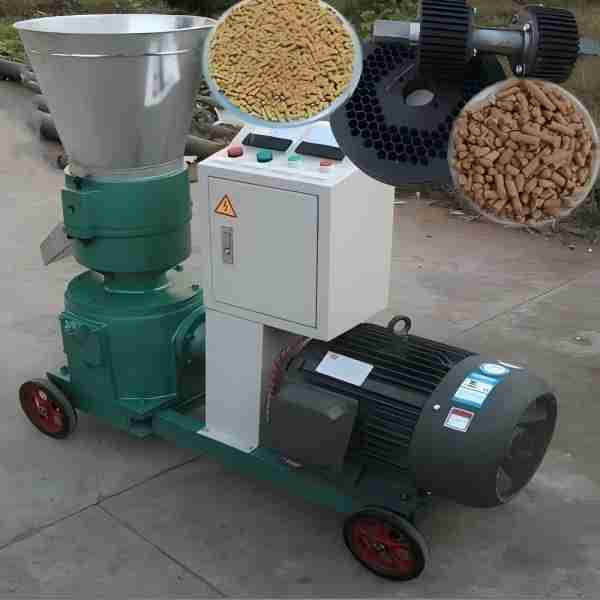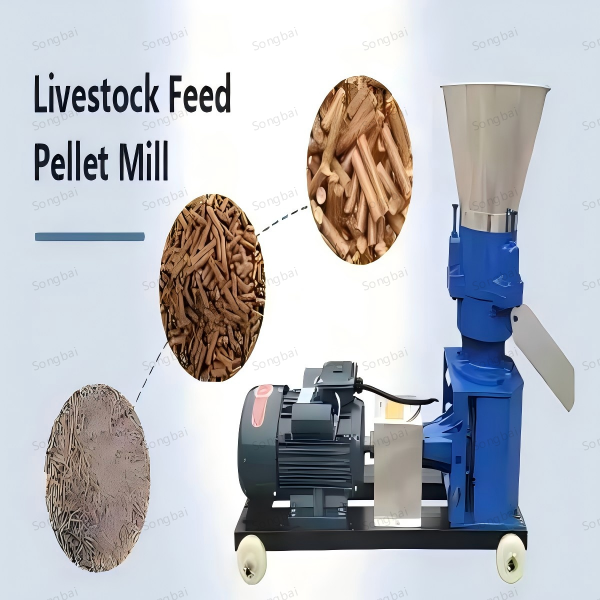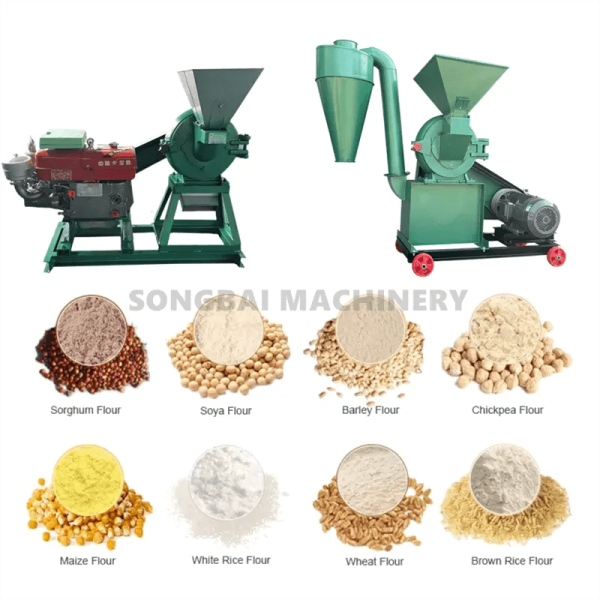The Value of Knowing the Operational Procedure
It aids in selecting the appropriate machine kind, to start. A flat die pellet machine might be enough and more economical if your farm is small and has few output requirements. However, a ring die pellet machine with a larger production capacity might be a preferable option if you manage a large-scale commercial enterprise. Second, machine repair requires an understanding of the operating procedure. Knowing how each part works will help you see any issues early on, including die or roller wear and tear, and take preventative action. Frequent maintenance guarantees reliable and superior pellet output in addition to extending the machine’s lifespan.
Lastly, you can optimize the feed production procedure by comprehending the functioning process. To create pellets that satisfy the unique nutritional and physical needs of various animals, you can modify variables like the steam injection rate, feeding speed, and cutting length. This will ultimately improve the performance and well-being of your poultry or cattle.
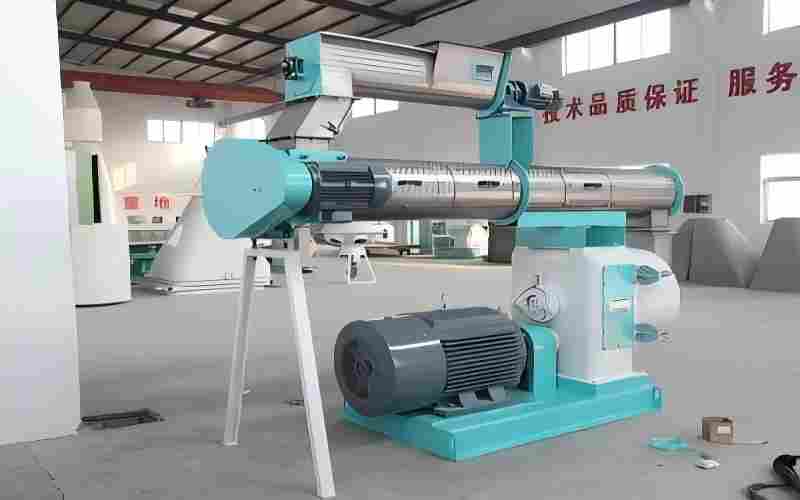
Important Parts of a Pellet Machine
1. The Feeding Mechanism
The process of pelletizing begins with the feeding mechanism. It is made up of a feeder and a hopper. The raw feed ingredients are first kept in the hopper. These materials can include protein sources like fish meal and soybean meal, as well as cereals like corn, wheat and barley, together with different nutrition-enhancing additives. The materials are then moved from the hopper to the following step of the machine at a regulated pace by the feeder, which is either an auger or a conveyor belt. To guarantee a steady production process and avoid machine jams, this regulated feeding is crucial.
2. The Chamber of Conditioning
The raw materials go into the conditioning chamber after entering the machine through the feeding system. Steam is introduced in this chamber. There are two primary uses for the steam. It first raises the feed materials’ temperature and moisture content. As a result, the materials become softer, more pliable, and simpler to compress into pellets. Second, the heat from the steam enhances the feed’s binding qualities by gelatinizing the starches in the grains. Furthermore, by lowering the amount of dangerous bacteria and pathogens in the feed, the steam treatment can also make it safer for the animals.
3. Mechanism of Pelletizing
The feed pellet machine’s essential component is the pelletizing mechanism. The two primary kinds of pelletizing machinery are ring dies and flat dies. Pellet machines with flat dies: These are frequently appropriate for domestic use or small-scale farming activities. The die in a flat die pellet machine is a flat plate with many holes in it. On the die’s surface, a set of rollers rotates. The rollers press the conditioned feed materials through the perforations in the die as they are put onto it, creating cylindrical pellets. By altering the diameter of the die’s holes, the pellets’ size can be changed.
Large-scale commercial production is where ring die pellet machines are most frequently utilized. A round metal ring with holes is the ring die. There are multiple rotating rollers inside the ring die. Between the inner surface of the ring die and the rollers, the feed materials are pushed. The materials are extruded as pellets after being crushed through the ring die’s holes. Ring die pellet machines are more effective at processing huge amounts of feed and can manage higher output capacity.
4. Cutting Instrument
The pellets must be trimmed to a consistent length after being extruded from the die. The cutting device is responsible for this. Typically, the cutting tool is a revolving blade. Depending on the required pellet length, the blade’s speed can be changed. For instance, in certain situations, young animals may benefit more from shorter pellets, whilst older livestock may benefit more from longer pellets. The machine can create pellets of uniform size and shape by carefully regulating the cutting process, which is crucial for the feeding procedure as well as the feed’s
5. System of Cooling and Screening
Because of the conditioning and pelletizing procedures, the pellets are still hot and wet when they are cut. The pellets are cooled to the proper temperature and any dust or fines are eliminated by the cooling and screening system. A number of fans and conveyors are used to accomplish this. After cooling, the pellets are prepared for distribution and storage. The screening procedure raises the overall quality of the finished product by guaranteeing that only uniform, high-quality pellets are transferred to the storage area.
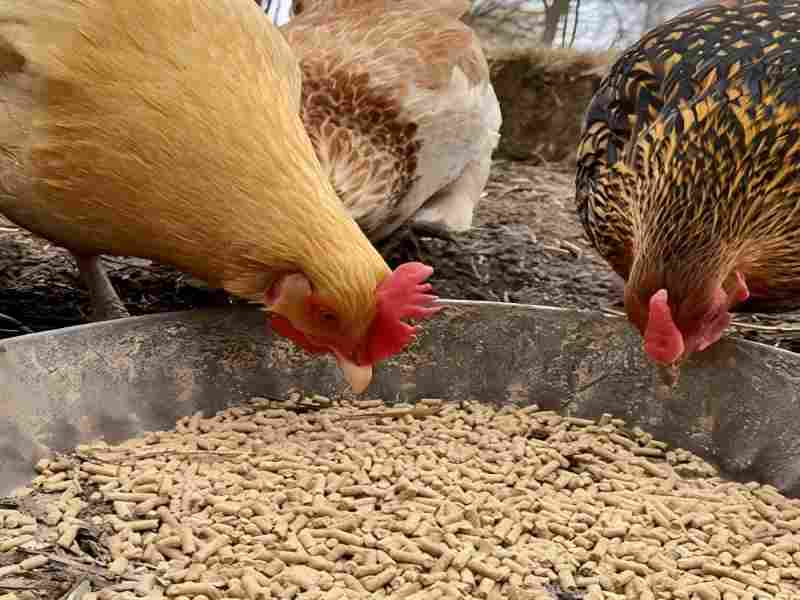
The Methodical Approach to Work
1. Getting the Raw Materials Ready
The raw feed materials must be adequately prepared before the machine is started. This could entail blending various ingredients in accordance with a particular feed formula, washing the materials to get rid of any contaminants, and grinding big grains into smaller pieces for easier processing. To produce high-quality pellets, raw materials must be properly prepared.
2. Providing the Machine with Food
Following preparation, the raw materials are put into the feed pellet machine’s hopper. At a predetermined speed, the feeder then begins moving the materials into the conditioning chamber. To guarantee a smooth operation and prevent overfeeding or underfeeding the machine, it’s critical to keep an eye on the feeding rate.
3.The process of conditioning
As the feed materials enter the conditioning chamber, steam is added. Depending on the feed type and machine settings, the materials are combined with the steam for a specific amount of time, often a few minutes. The materials become more suited for pelletizing during this period as their temperature and moisture content rise.
4. Pelletizing
The pelletizing process receives the conditioned feed materials next. The die and rollers cooperate to compress the materials into pellets, whether the equipment is a ring die or a flat die. The quality of the pellets is greatly influenced by the pressure used throughout this operation. The pellets could be excessively soft and brittle if the pressure is too low, and the machine parts might be overly worn if the pressure is too high.
5. Cutting
The cutting device chops the pellets into the appropriate length as they are extruded from the die. The length of the pellets can be controlled by the operator by varying the cutting blade speed to suit the needs of various animals.
6.Screening and Cooling
After that, the freshly cut pellets are delivered to the screening and cooling system. Here, any undesirable particles or fines are eliminated and they are allowed to cool to normal temperature. The pellets are prepared for distribution packaging or silo storage after cooling and screening are finished.
